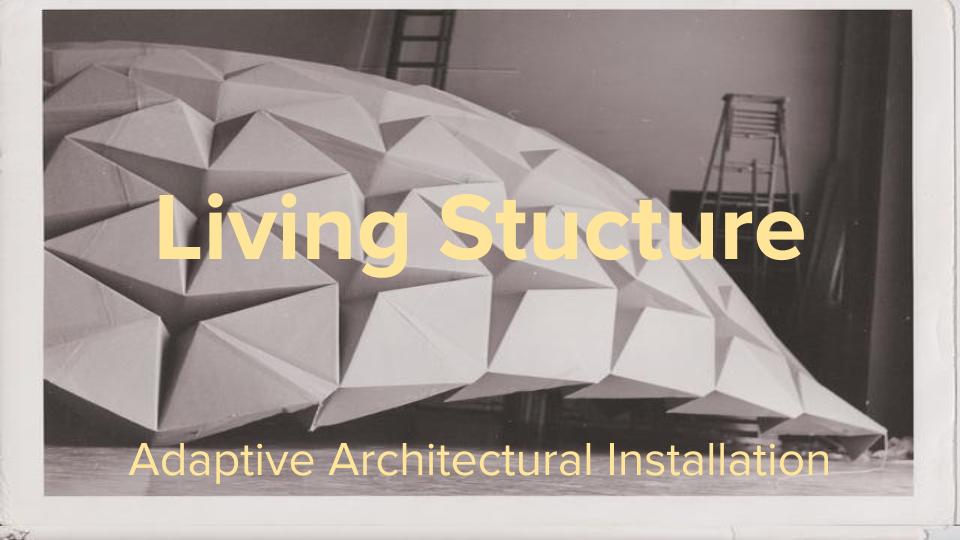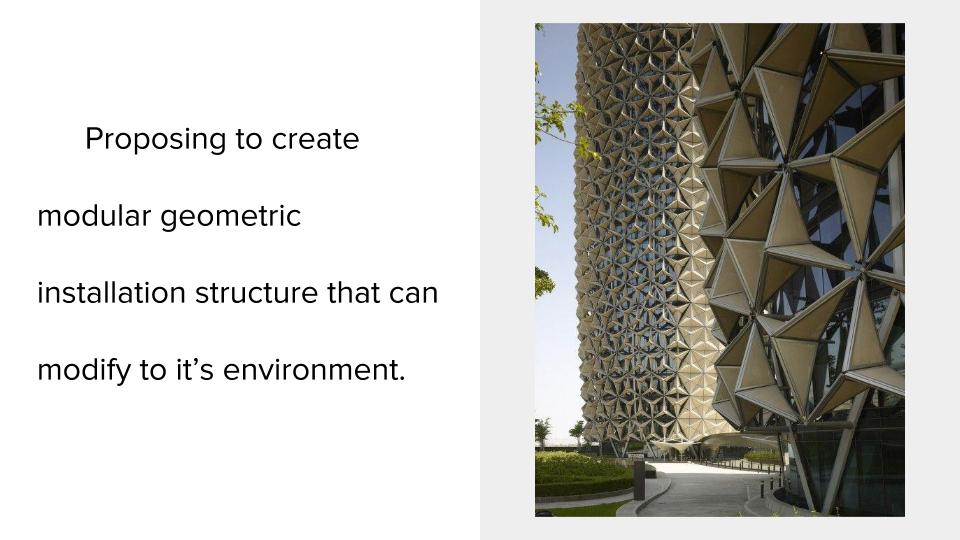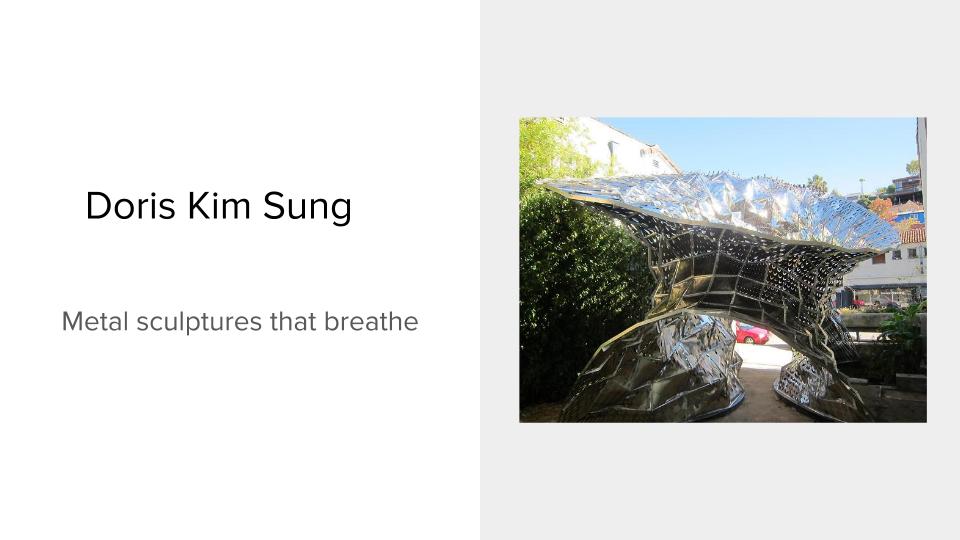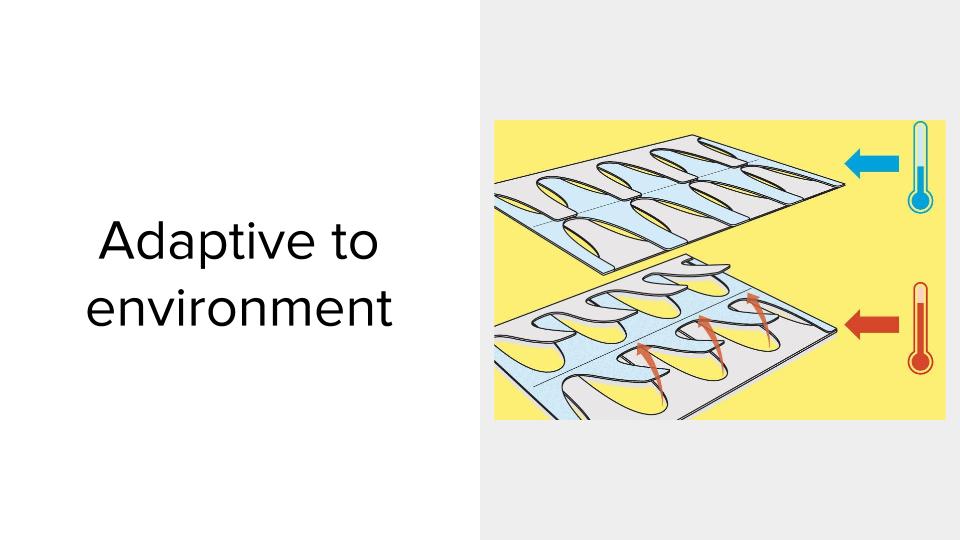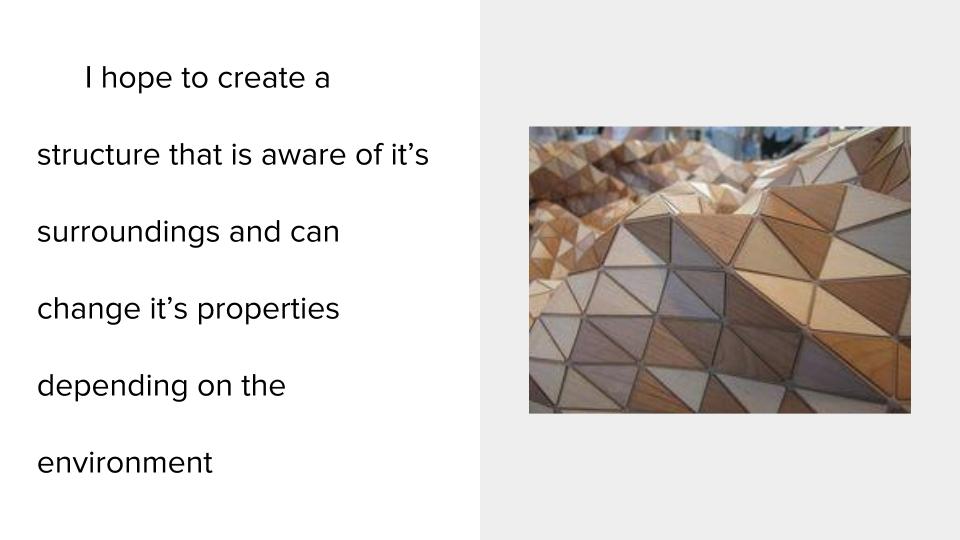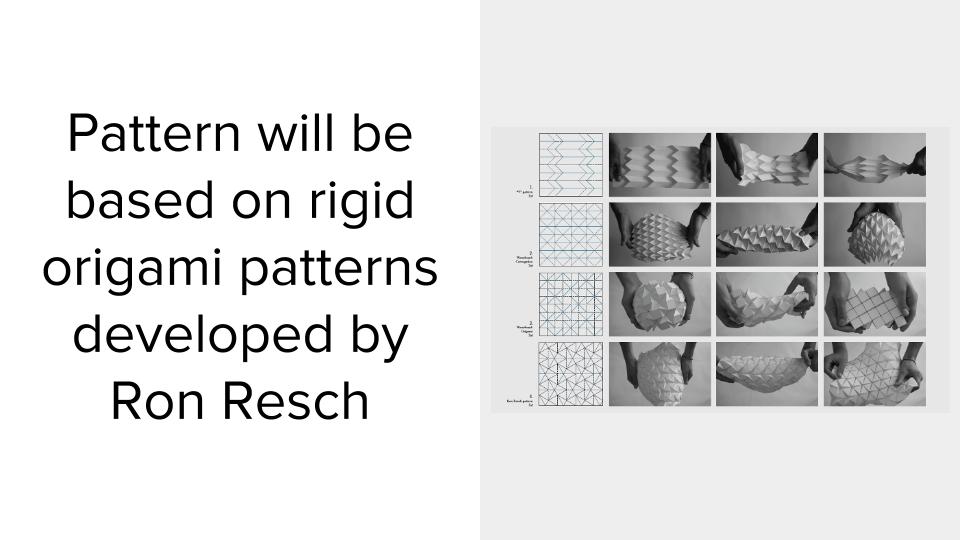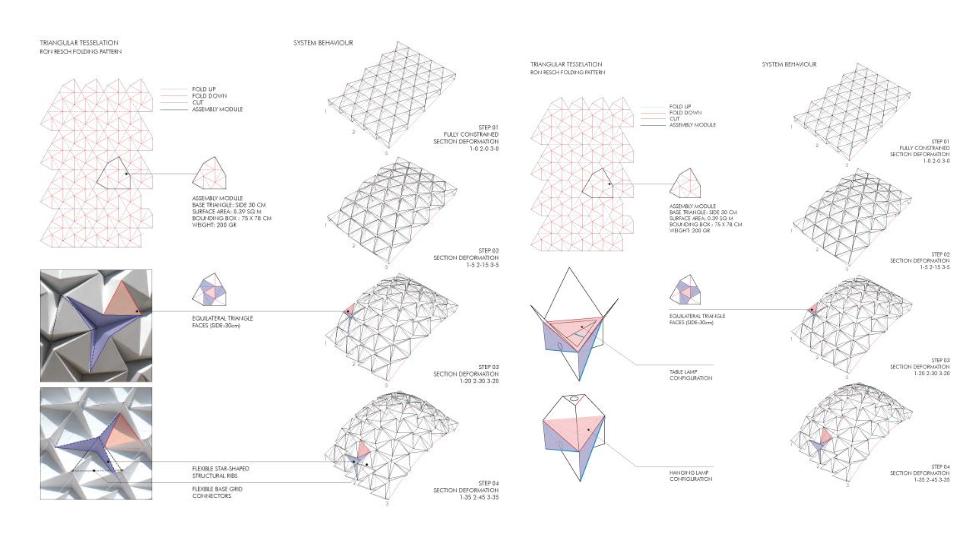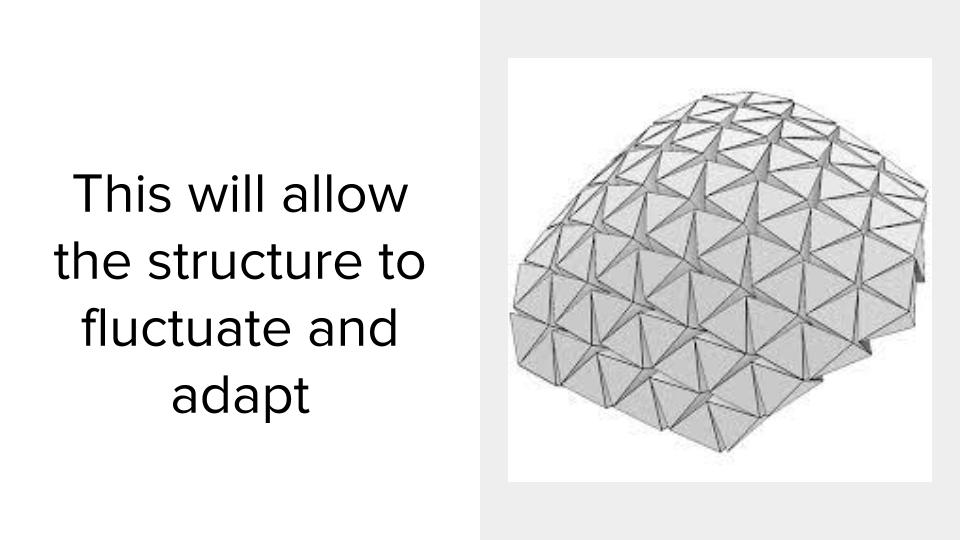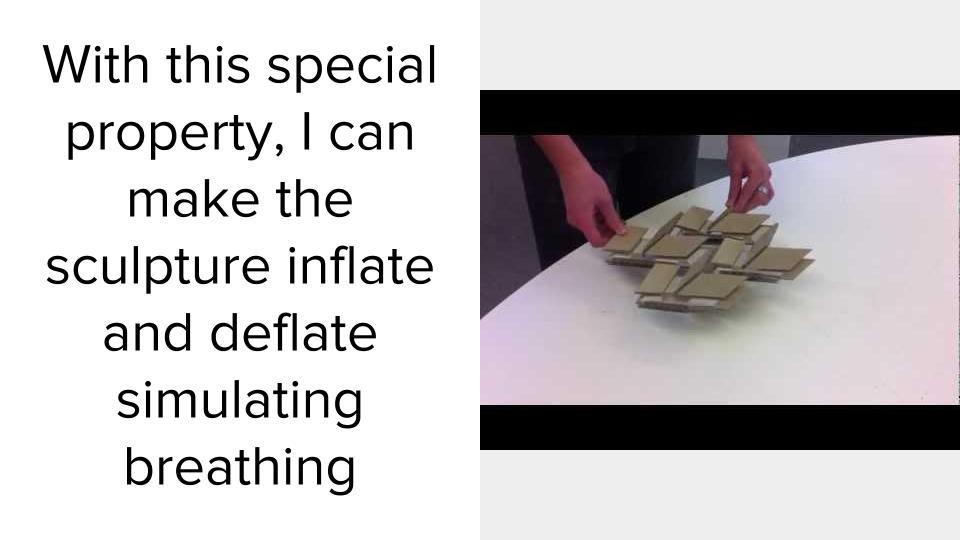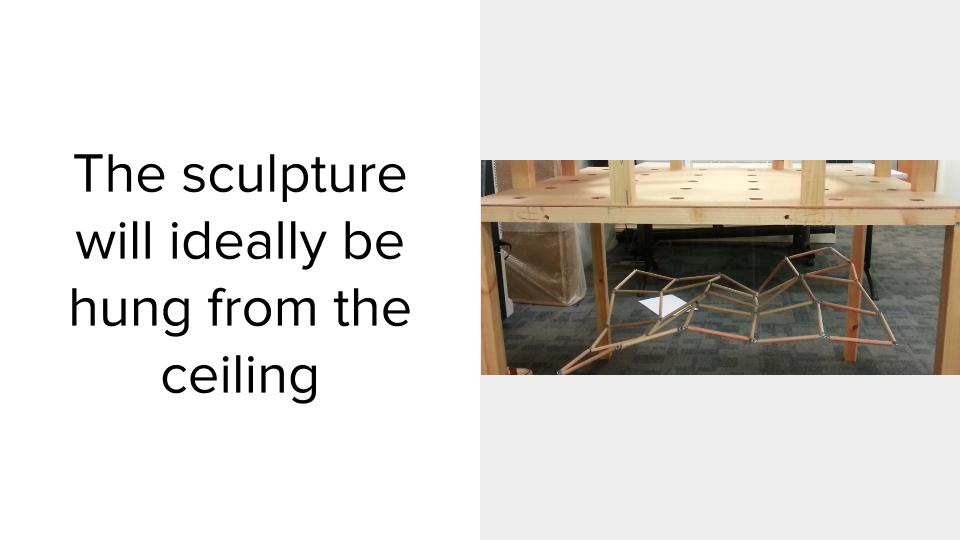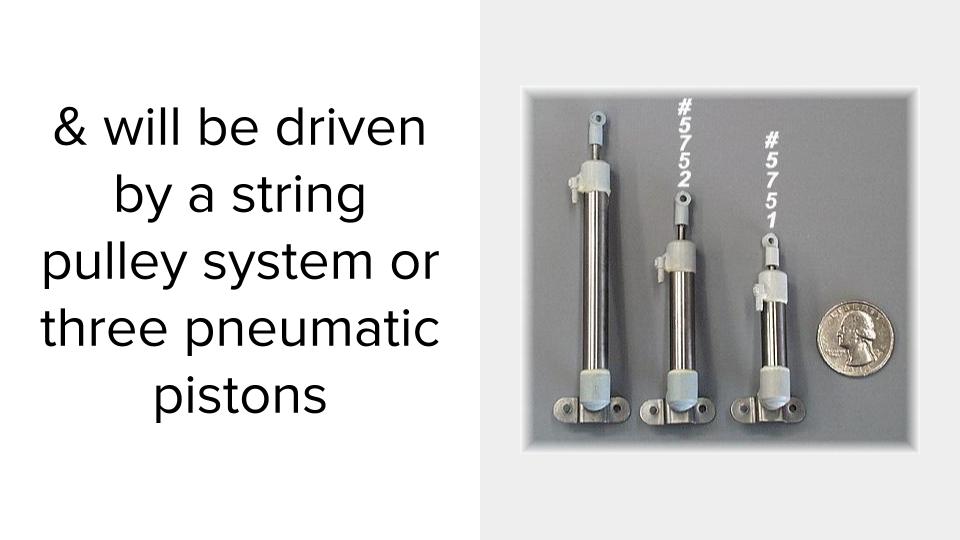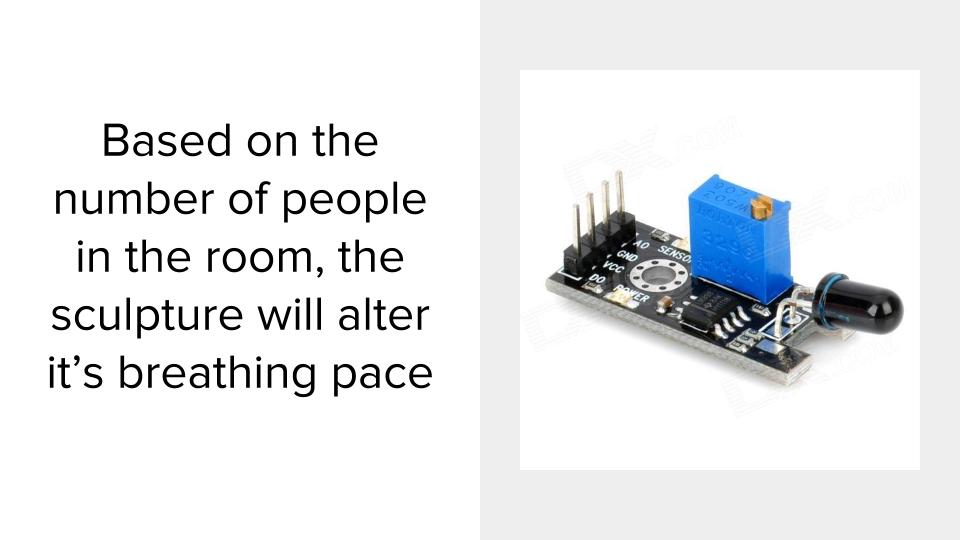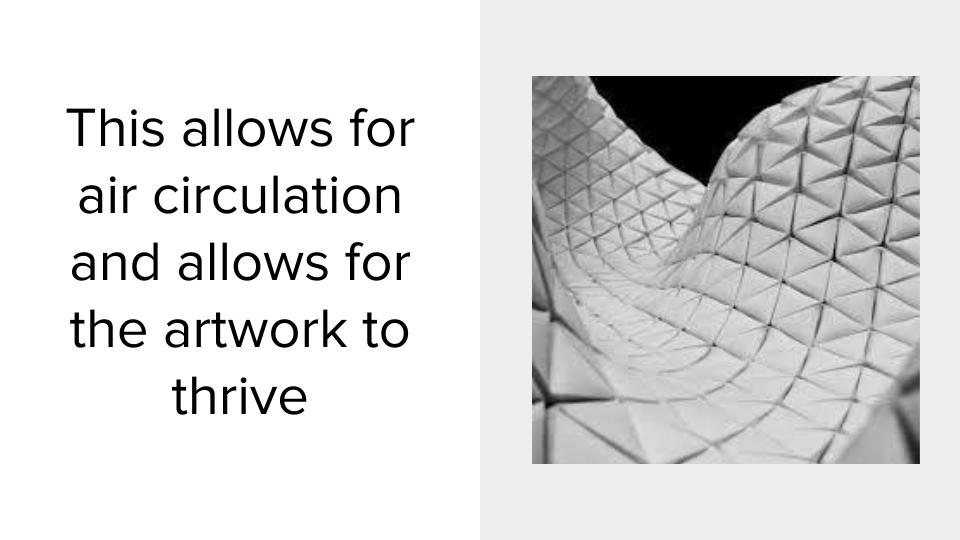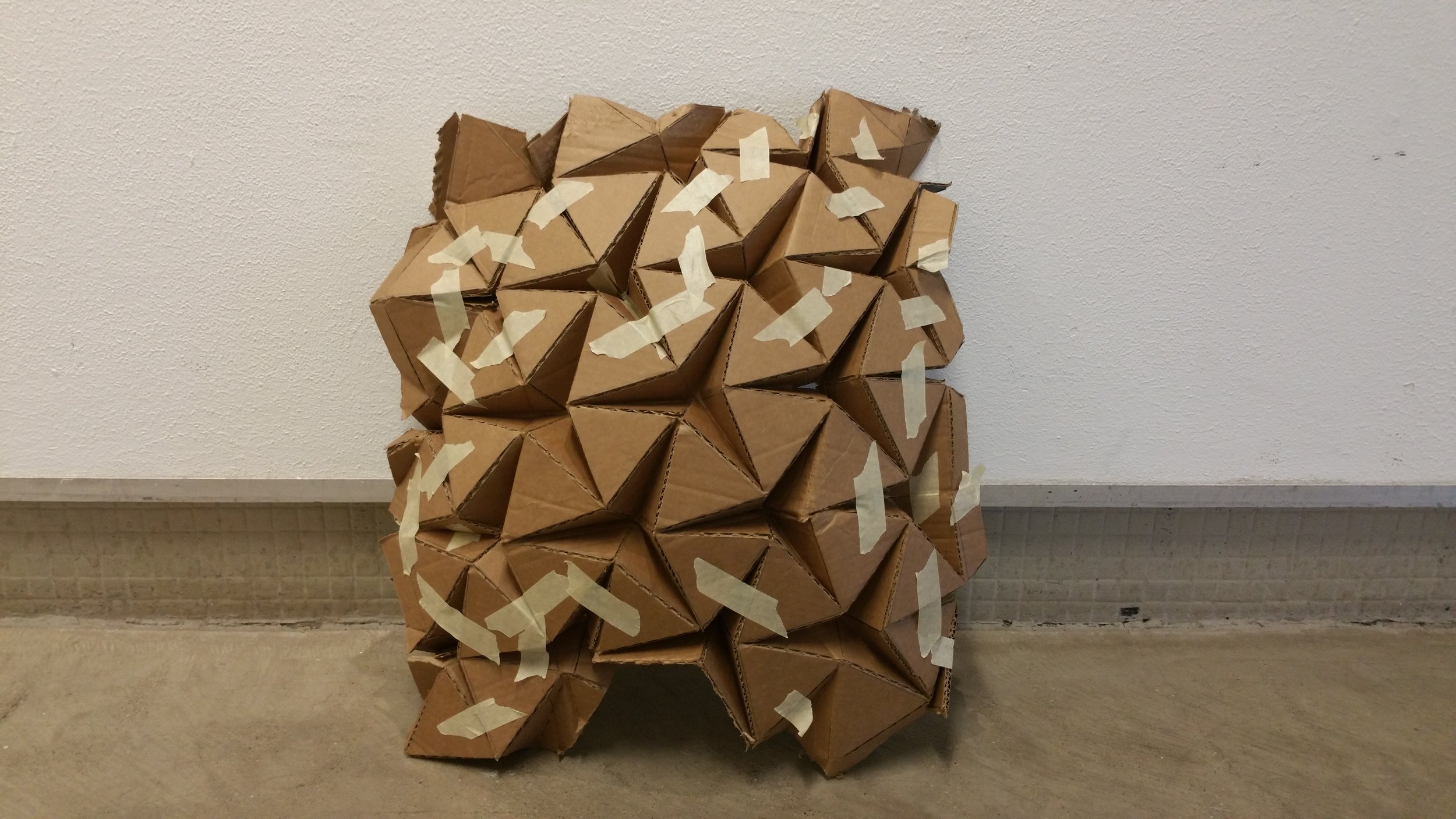Artist Statement
Adspiro is a suspended polygonal meshwork structure that references the organicism the material once had as a living organism. In doing so it comments on the manufacturing from organic objects and how manufactured goods now dictate much of our landscape. The consciously shaped form of the structure, blurs the boundary between land and water. It’s form is both reminiscent of a landform and a water wave, both of which is noticed as walking around the structure.
Exhibition Proposal
Title: Adspiro
Artist: Jordan Reynolds
Description of work: Adspiro is a suspended polygonal meshwork structure that references the organicism the material once had as a living organism. In doing so it comments on the manufacturing of organic objects and how manufactured goods now dictate much of our landscape. The consciously shaped form of the structure, blurs the boundary between land and water. It’s form is both reminiscent of a landform and a water wave, both of which is noticed as walking around the structure.
Materials used: 5mm plywood triangle (64), 1mm eye bolt (160), 1/2"eyebolts (4), 5 lb monofilament, brass swivel hooks (100), 40” x 40” ¼ Birch plywood, wood screws, wood frames.
Estimated measurements: Structure: 8’ x 45” x 45” / Interactive space: 8.5’ x 6’ x 6’
Technology needs: none
Installation needs: ladder, power drill, pliers, extra hands when assembling final structure
Proposed Layout: Structure placed in an open room or space. If presented with multiple structures, place within same room with 6 feet of space between works. Stone or large weight will be presented 1 -2 feet from the structure on the ground.
Weekly Plan
Rough Models & Experimenting
Artist Influences
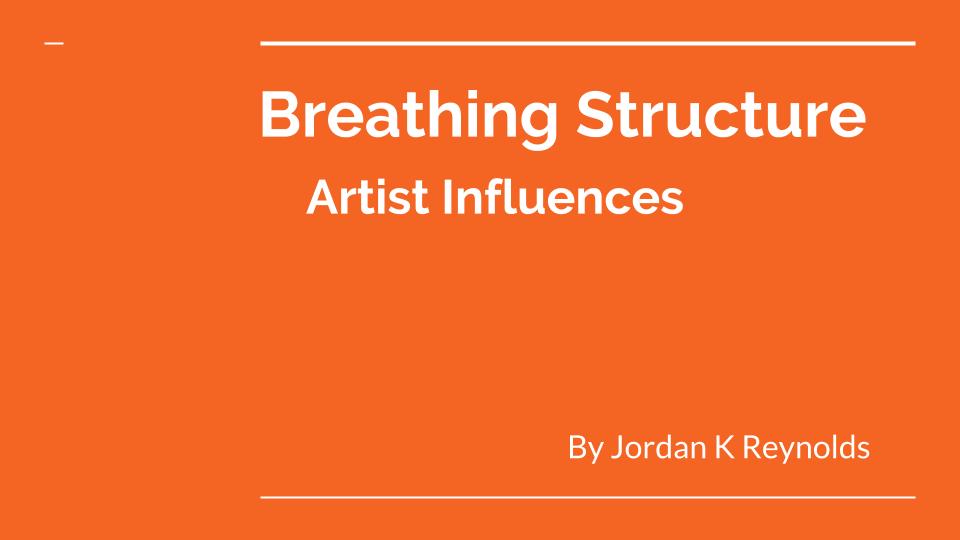
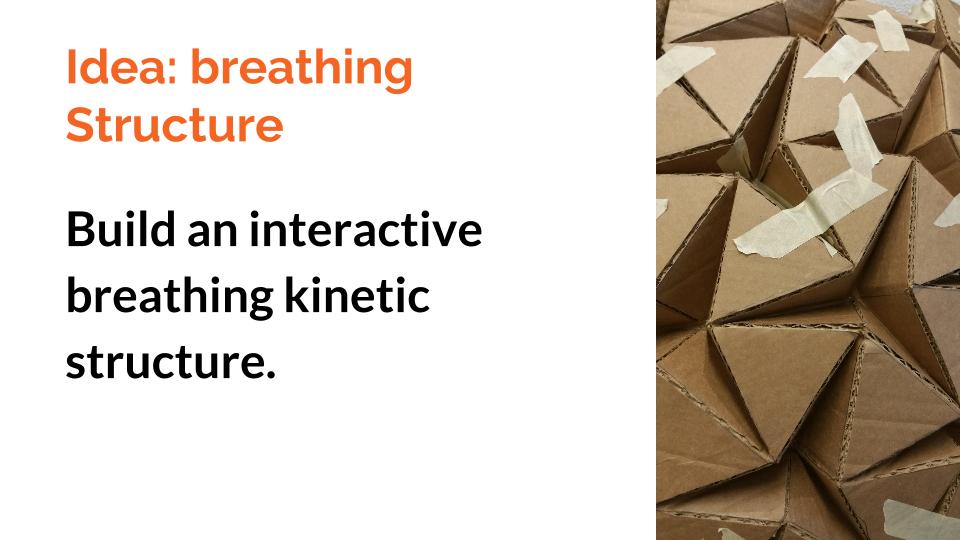
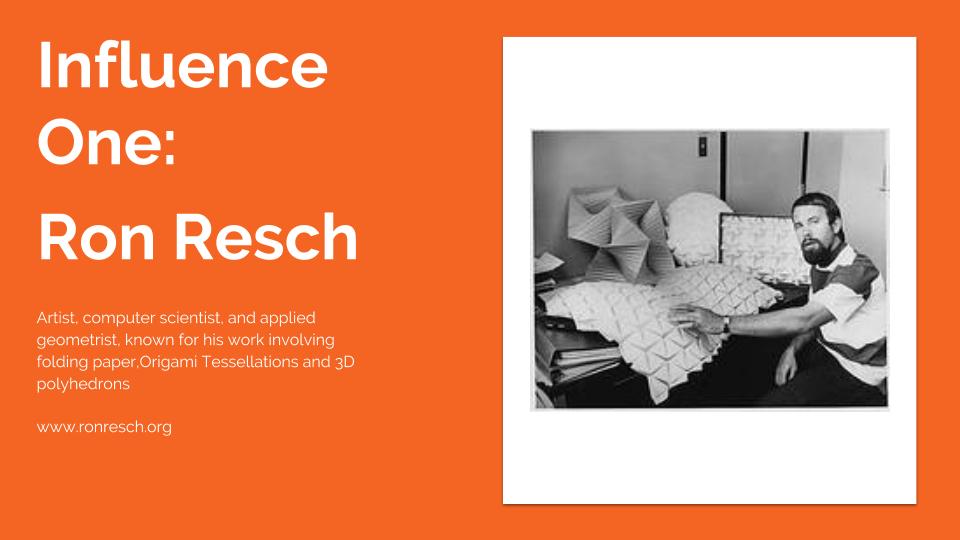
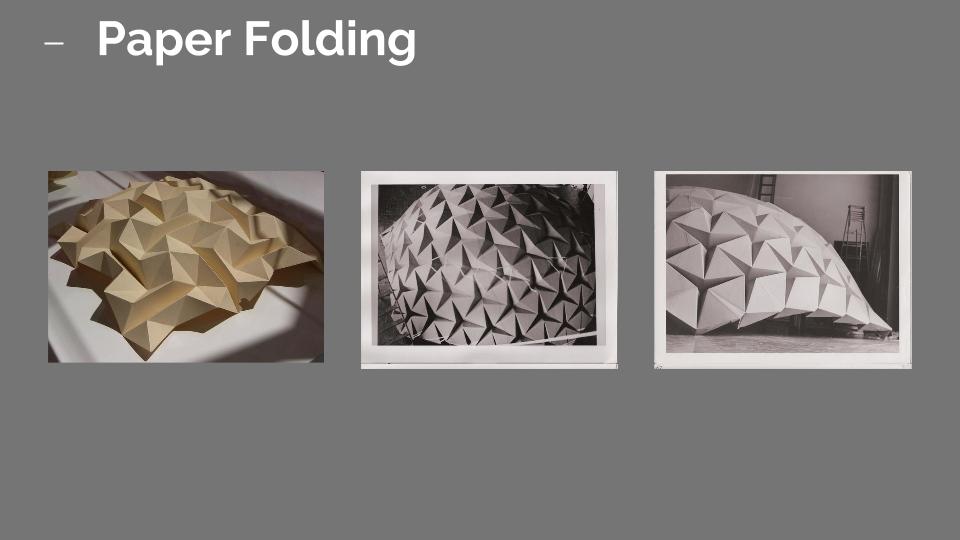
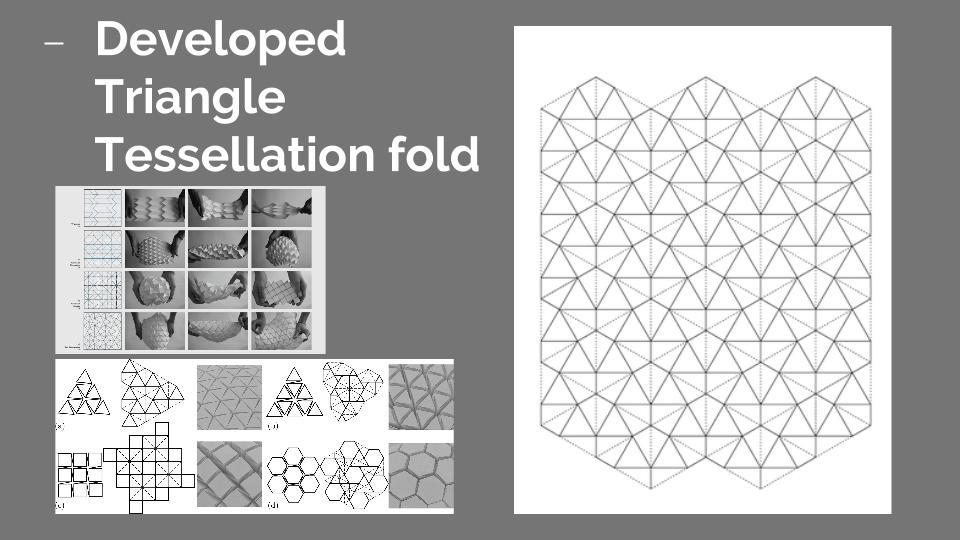
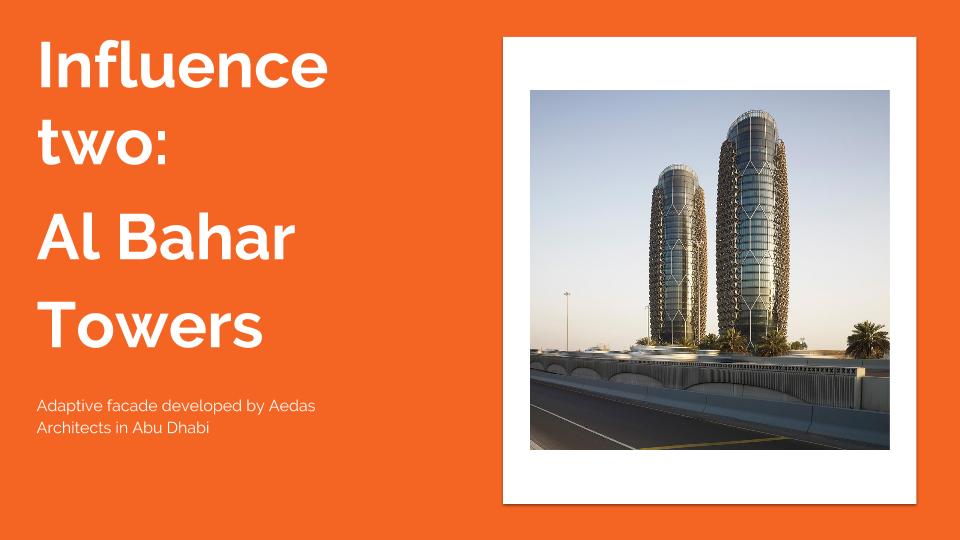
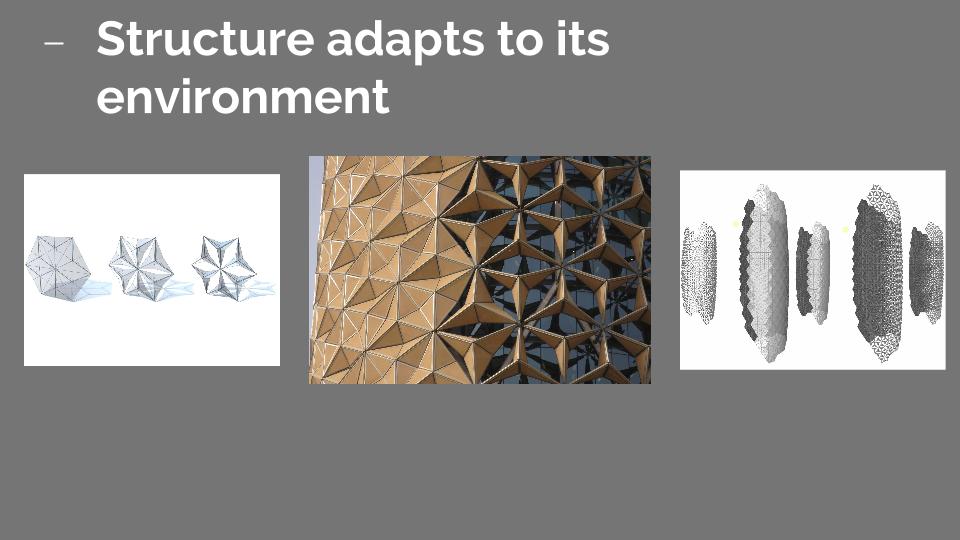
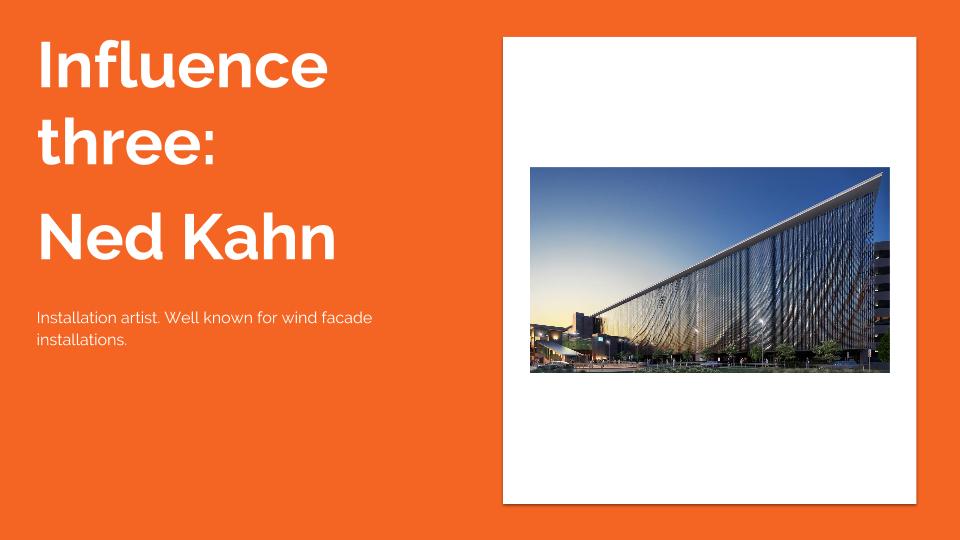
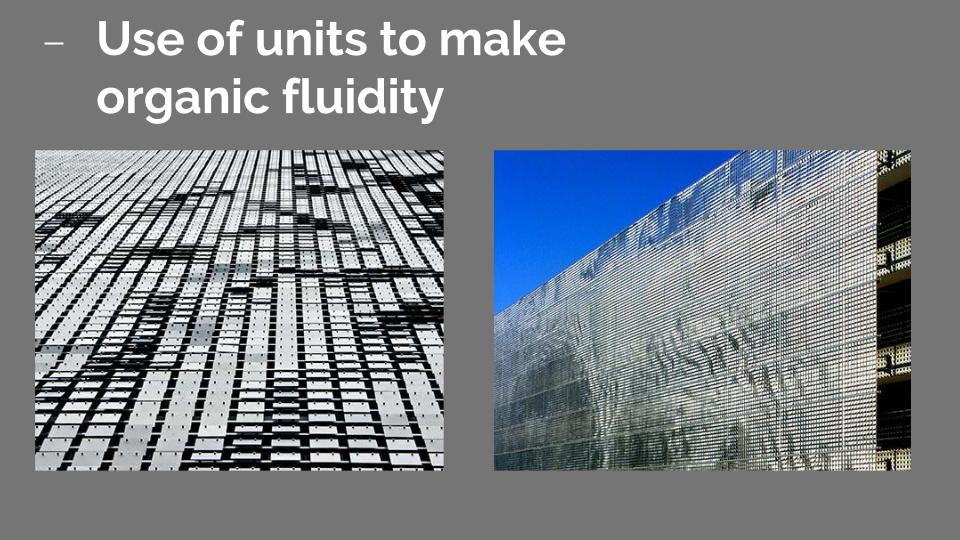
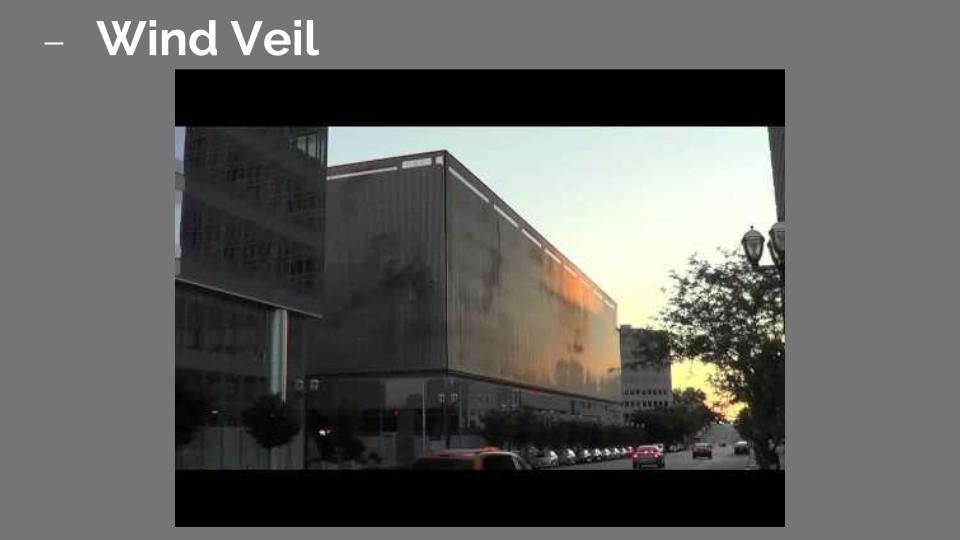
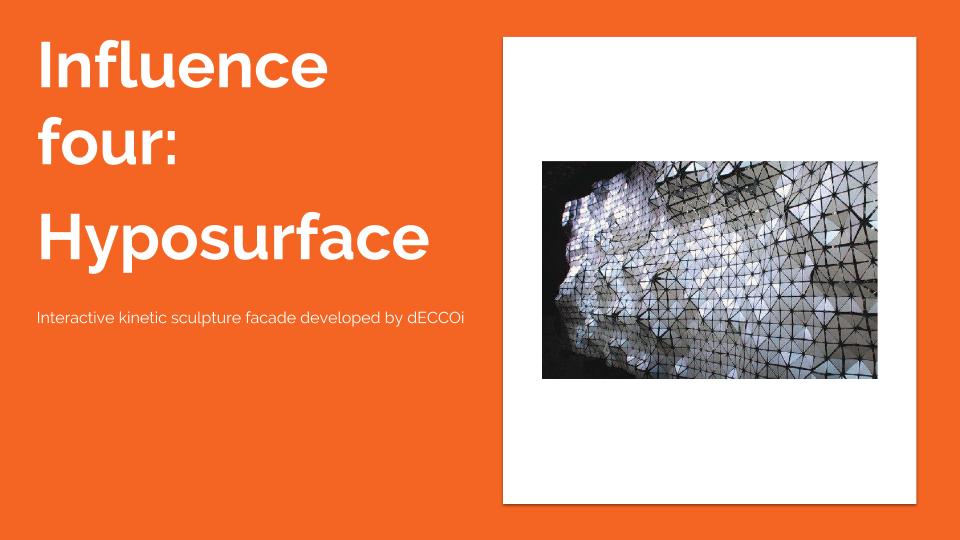
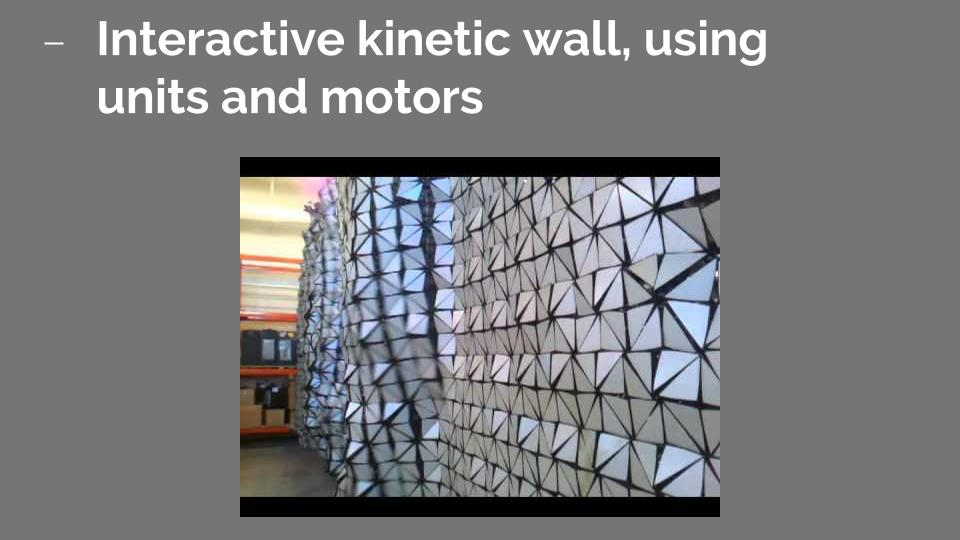
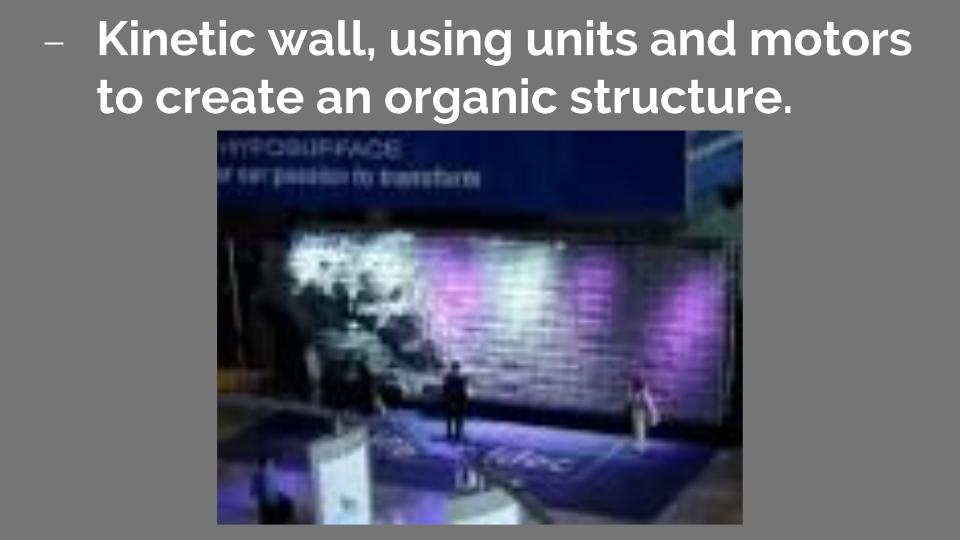
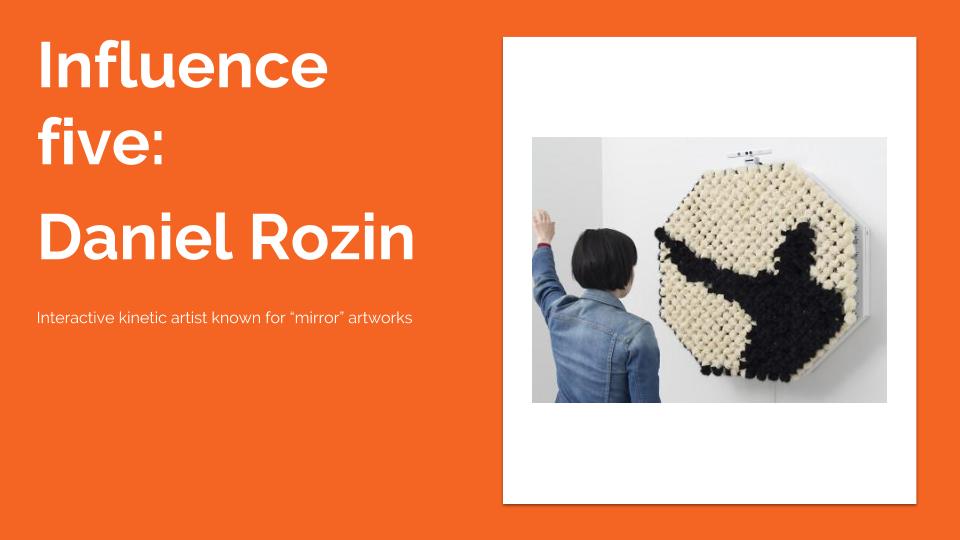
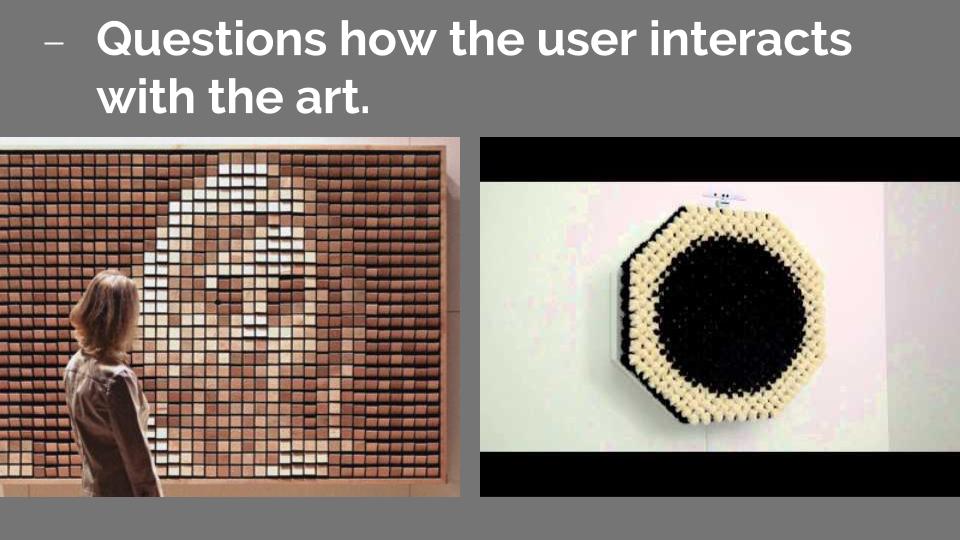
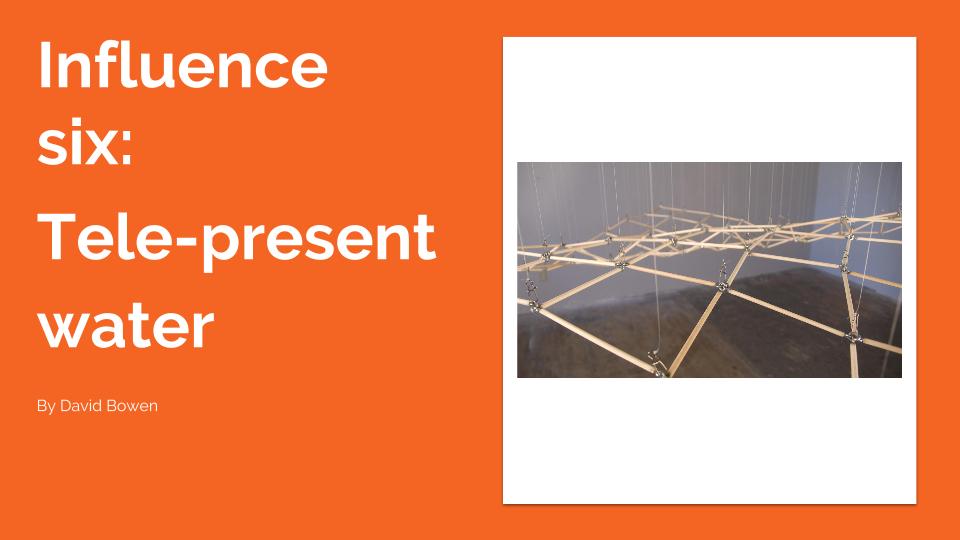
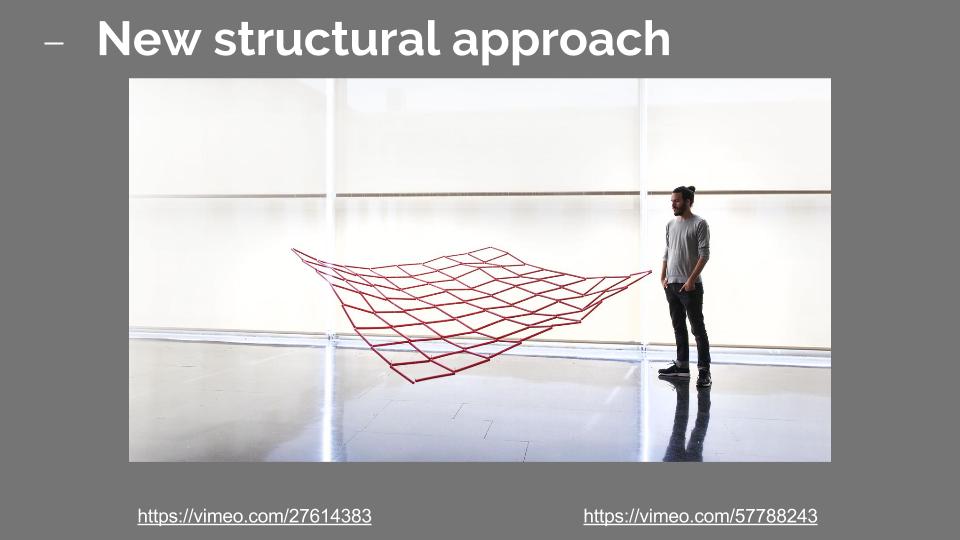

The Making of Adspiro
Columbus Museum of Art Visit
In viewing both Columbus Museum of Art exhibitions: “The Sun Placed in the Abyss” and Lucy Raven: Low Relief, in addition to their permanent collection, I was able to experience some artworks that were inherently interesting and relevant to my current artwork. Although the first of the exhibitions, “The Sun Placed in the Abyss” was a very interesting selection of work, I felt that most of the work was not inherently relevant to my currently project. Regardless, I found it enjoyable and compelling that something so ubiquitous as the Sun could attribute to so many different ideas and feels based on the context in which it is presented. Some of the work I was really interested in were: Equinox by Mary Lucier, The Distance of a Day by David Horvitz, Reaper in the Sun by Trevor Paglen, and Arc of Total Eclipse, February 26, 1979 by Sarah Charlesworth. Although most of which did not pertain to my project I still felt these works were influential and could pose as a good basis on a future work I create. Regarding the Lucy Raven: Low Relief exhibition, I wasn’t particularly intrigued and felt that there was near nothing that related to my project in this show. However in the permanent collection of the museum, there is one work in particular that I am very fond of and found very influential.
The artwork that I found so interesting and relevant towards my own project was Maya Lin’s Topographic Landscape, 1997. It is an insulation artwork made from medium density fiberboard, that lays on the floor spanning 24 in. x 192 in. x 216 in. It is a selection of 25+ MDF boards that are flat on one side and then curved on the other standing on its thinnest edge. When stacking them side by side along the floor, it creates a flowing field of material.
I have actually encountered this artwork twice before and I seem to always want to return to it. For some reason I find a connection to the work that I can not seem to explain, but I find it captivating nonetheless and it makes me want to revisit the work time after time. Upon seeing it for the third time, I believe that I now may know why i’m so interested in it. In my recent work done at university I have found a trend that I keep revisiting over and over again. For some reason, I am interested in this process of working with materials that were previously organic material like trees that were then transformed into a fixed unitized material such as plywood, then transforming it back into something relatively organic. This process of manipulating manufactured items into organic material is something that I found compelling and I believe is something I would want to work on in the future. In such a case, this is probably why I enjoy Maya Lin’s work so much. She works with previously organic materials and gives them all a new organic context. It’s not just her MDF cut landscape that I find so interesting of hers, but also the other works of Systematic Landscape, Above and Below, and Rivers and Mountains. All of these work involve the manipulation of manufactured material and transforming them into something that is representative or in actuality organic. In turn, I find her work extremely influential in the work that I am making now and hope to create in the future.






